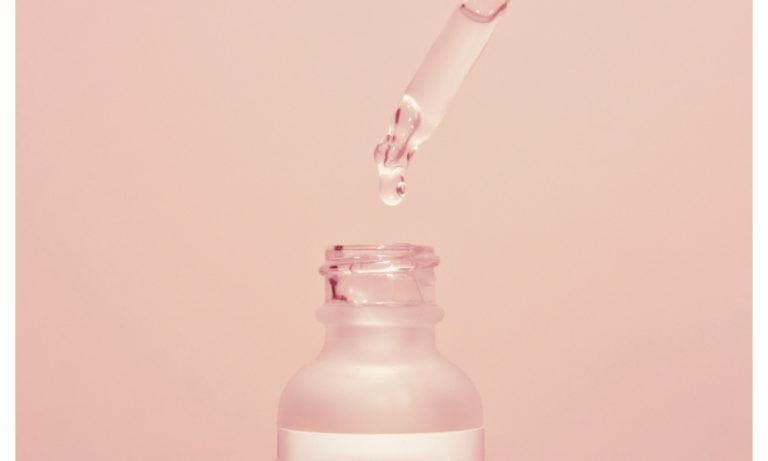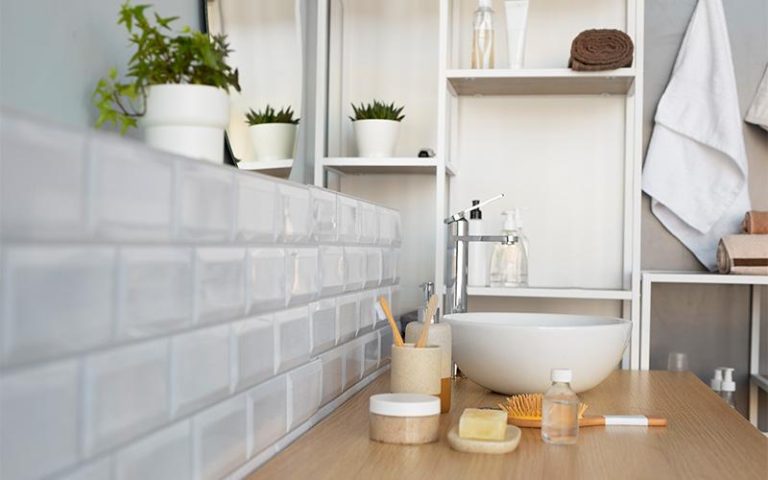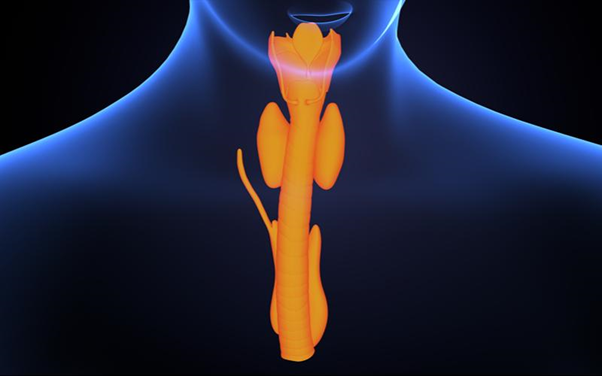If your child has been getting ear infections a little too often, snoring loudly at night, or struggling with sinus problems, it might be time to see a specialist. Visiting a pediatric ENT in Singapore can sound intimidating, especially if it’s your first time. But the experience is often much calmer and more reassuring than most parents expect. Knowing what happens during the appointment can make the visit smoother for both you and your little one.
Understanding the Role of a Paediatric ENT
A paediatric ENT focuses on ear, nose, and throat conditions in children. They handle everything from minor ear blockages to speech issues caused by nasal problems. What sets them apart is their ability to work comfortably with children; they’re patient, friendly, and know how to turn a nervous child into a relaxed one.
If your child’s symptoms keep coming back, it’s worth consulting an ENT specialist in Singapore who understands how to manage children’s ENT conditions with gentle, family-centred care.
Preparing for the Appointment
Before your visit, try to gather some basic information that might help the doctor. Make a note of your child’s symptoms, when they started, how often they happen, and if there’s anything that seems to make them better or worse. Bringing along any past medical records or medications can also be helpful.
Children can feel anxious about seeing a new doctor, especially if they don’t know what to expect. Try to explain the visit in a light and positive way, such as saying, “The doctor just wants to check your ears and nose to help you feel better.” Many clinics in Singapore are designed to make children feel at ease, with colourful rooms and friendly staff who know how to make the visit less scary.
What Happens During the Appointment
When you first arrive, the doctor will have a chat with you to understand your child’s condition. They’ll ask questions about your child’s symptoms, sleep habits, allergies, or general health. This is your chance to share any concerns, even the small details matter.
After that, the pediatric ENT in Singapore will gently examine your child’s ears, nose, and throat using small, safe instruments. These might include a light or a tiny camera that helps the doctor see clearly inside the ear canal or nasal passages. Don’t worry if the equipment looks a little technical, paediatric ENTs are skilled at keeping children calm and comfortable throughout the process.
Tests and Further Assessments
Depending on the findings, the doctor might suggest a few additional tests. These could include a simple hearing test, an allergy check, or imaging scans if needed. These tests help the specialist understand what’s really going on rather than just treating the symptoms on the surface.
A good ENT specialist in Singapore will explain every step before doing anything, ensuring that you and your child understand what’s happening and why it’s important.
Discussing Treatment and Next Steps
Once the doctor has completed the examination and any necessary tests, they’ll go over the results with you. The treatment plan could involve medication, ear drops, or sometimes a small procedure if required. For example, a child with chronic ear infections might need temporary ear tubes to help drain fluid, while nasal congestion could be managed with allergy treatment.
What’s reassuring is that your pediatric ENT in Singapore will always consider your child’s comfort and overall well-being. They’ll explain the plan clearly, answer your questions, and offer advice on how to care for your child at home, whether that means monitoring symptoms, adjusting sleeping positions, or managing allergies.
After the Appointment
Most cases don’t end with just one visit. Follow-up appointments are often needed to check progress and make sure your child is improving. These visits are usually short and relaxed, helping the doctor see if any changes to the treatment are needed.
If you notice any new symptoms after the visit, such as ear pain, nasal congestion, or breathing issues, don’t hesitate to reach out. A caring ENT specialist in Singapore will always prefer to check on your child rather than have you worry unnecessarily.
Conclusion
Your child’s first paediatric ENT appointment is a big step towards understanding and improving their health. It’s natural to feel a bit anxious, but once you’re there, you’ll find that the process is simple, friendly, and reassuring. Paediatric ENTs know how to connect with children and make them feel safe, so you can focus on what matters most — your child’s comfort and recovery.
If your child has been showing ongoing ear, nose, or throat problems, contact Dr Lelsie Koh and give them the care they need.










